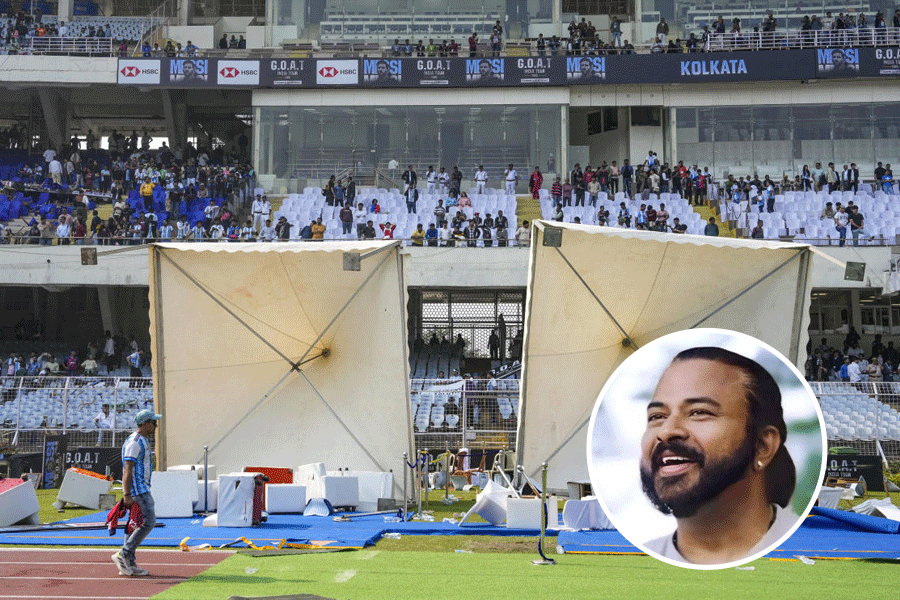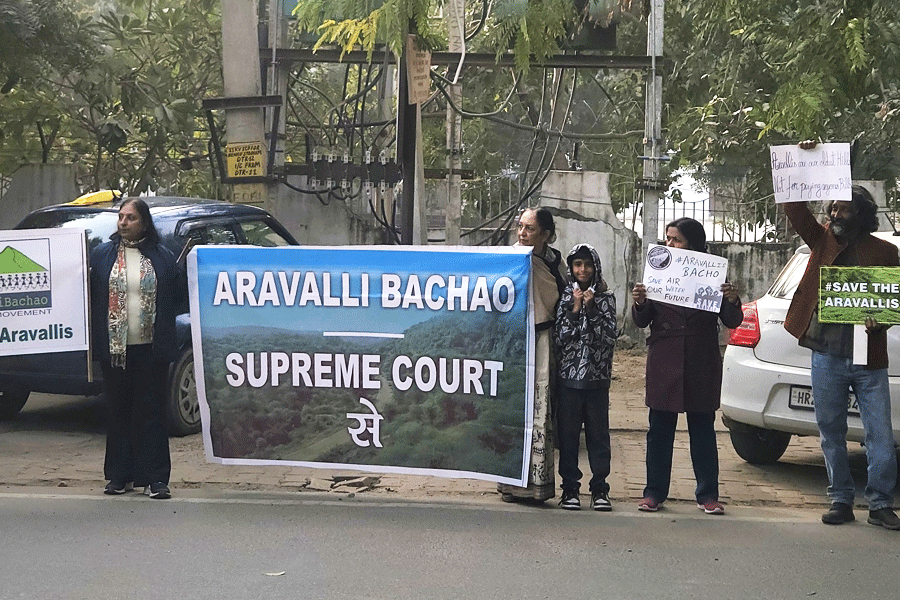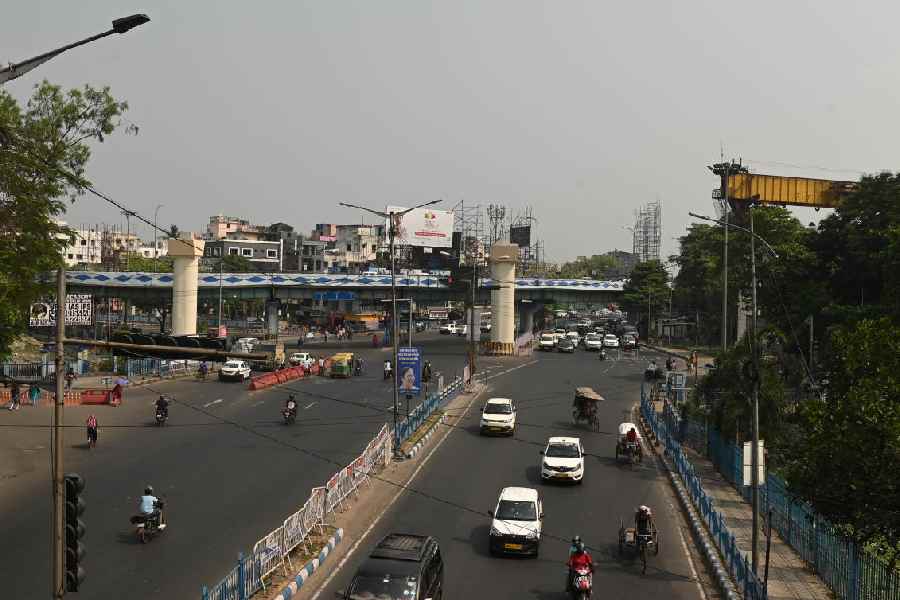
Calcutta: The state public works department on Wednesday afternoon received clearance to spend Rs 2.81 crore to shed load from Majerhat bridge, the permission coming three months after it was sought and around 19 hours after the 35-metre slab identified for repairs had collapsed.
"Wish the file was cleared on time. We could have taken up the repair work," a senior department official said, remarking on the "coincidence".
The death toll rose to two on Wednesday when the body of Prabir Kumar Dey, a labourer on the Joka-Esplanade Metro project, was brought out of the rubble. He belonged to Murshidabad.
Sources in the PWD said the department had floated four tenders starting February this year, inviting bids for the repair of the 35-metre stretch. The work involved removing the old bituminous coats and the tramlines underneath, and re-laying the road surface.
A start-up owned by IIT Delhi graduates, in their report late last year after a seven-month survey, had picked this stretch as the "weakest zone" of the bridge.
"Steps should be taken to reduce load from the structure. The stretch just after the RoB (road over bridge or the portion over the railway tracks) requires immediate attention," a PWD official recalled the start-up as recommending to the government.
The department had taken the findings seriously because these converged with that of a Delhi-based agency that had studied the bridge after the Vivekananda Road flyover collapse in March 2016.
"After the first report (in early 2017), instructions were sent to ground-level officials to look into how excess load could be shed. After the second report, it was realised that repairs could not be delayed and tenders were floated immediately as per government procedure," said a PWD engineer.
But no bidders came forward and three tenders, floated between February and April, drew a blank, the sources said. After the tender was floated for the fourth time, in May, one agency participated.
"The file was sent for the finance department's approval in late May for two reasons. First, there was only one bidder for the project and second, the quoted amount was 15 per cent higher than the tender amount," another engineer said.
According to the rules, the government can engage a single bidder in any project, subject to the finance department's approval, after three tender attempts fail to draw participation from multiple agencies. The finance department's approval is also needed for cost escalation beyond5 per cent.
"Had the project been cleared in late May or early June, the accident could have been avoided," an official said.
A finance department official, who spoke on condition of anonymity, said such proposals need to be examined thoroughly because expenditure higher than the estimate would draw the attention of the accountant-general. "The process is a bit lengthy but it has to be followed to avoid misuse of public money," the official added.
PWD sources said agencies usually quote a higher figure for projects on Diamond Harbour Road because it is difficult to complete work on time. "The biggest problem is getting the road blocked by Calcutta police since it is one of the busiest in the city.... Extracting tramlines and removing old bituminous layers would require lengthy roadblocks. Usually the city police allow work on this road only for 4-5 hours at night, which delays the projects and escalates cost," a PWD engineer said.
Additional reporting by Subhojoy Roy










